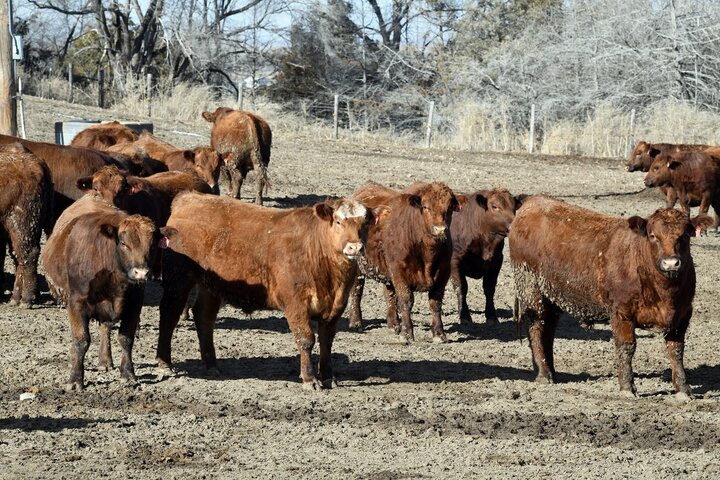A recent publication entitled Antimicrobials Used for Metaphylaxis and Implications for Product Diversification in the Animal Health Sector provides context on how metaphylaxis use in U.S. cattle feedlots has changed between 2011 and 2016. Metaphylaxis is an animal health practice where at-risk feedlot cattle are treated with an FDA approved injectable antimicrobial, generally upon arrival at feeding. The publication focused on the intensity and type of antimicrobials used for metaphylaxis in 1000+ head capacity feedlots. This article summarizes key findings from the report.
The discussion surrounding the use of metaphylaxis should be held within the context of injectable antimicrobials use in livestock production, of which metaphylaxis is a contributor. Injectable antimicrobial use steadily decreased from the high in 2010-2011. It has maintained near its current level since 2013. Thus, the overall use of injectable antimicrobials has been relatively stable for the last 5 years.
Examining the number of feedlots using metaphylaxis reveals the prevalence of metaphylaxis as an animal health practice. Between 2011 and 2016 the number of feedlots using metaphylaxis statistically decreased from 59.3 (4.2)% to 39.3 (3.4)%. Numbers in parentheses are standard errors reported by NAHMS. Likewise, the number of cattle managed using metaphylaxis statistically decreased from 21.3 (2.3)% to 17.0 (1.6)%.
U.S. cattle feedlots have moved away from Tilmicosin and Ceftiofur in favor of different or newer antimicrobials. For example, between 2011 and 2016 the share of feedlots using Tilmicosin (Ceftiofur) was reduced from 32.91% to 15.58% (22.69% to 13.55%), respectively. In other words, fewer feedlots are using Tilmicosin and Ceftiofur for metaphylaxis. The share of feedlots using Tulathromycin increased from 25.89% to 28.66%. Tildipirosin and Gamithromycin demonstrated the largest growth in feedlot share of use.
The Herfindahl-Hirschman Index (HHI) is one way of examining market diversification. Changes in U.S. feedlot preferences have increased market diversification of injectable antimicrobials labeled for metaphylaxis use. The HHI based on feedlot antimicrobial share decreased from 2,401 to 1,560. Likewise, the HHI based on cattle antimicrobial share decreased from 3,240 to 1,753.
These conclusions and findings should be held in the context of the limitations stated within this publication.
Interviews with the authors of BeefWatch newsletter articles become available throughout the month of publication and are accessible at https://go.unl.edu/podcast.
Topics covered:
Beef Quality Assurance & cattle welfare, Feedlot, Cattle health, Cattle health & BQA

